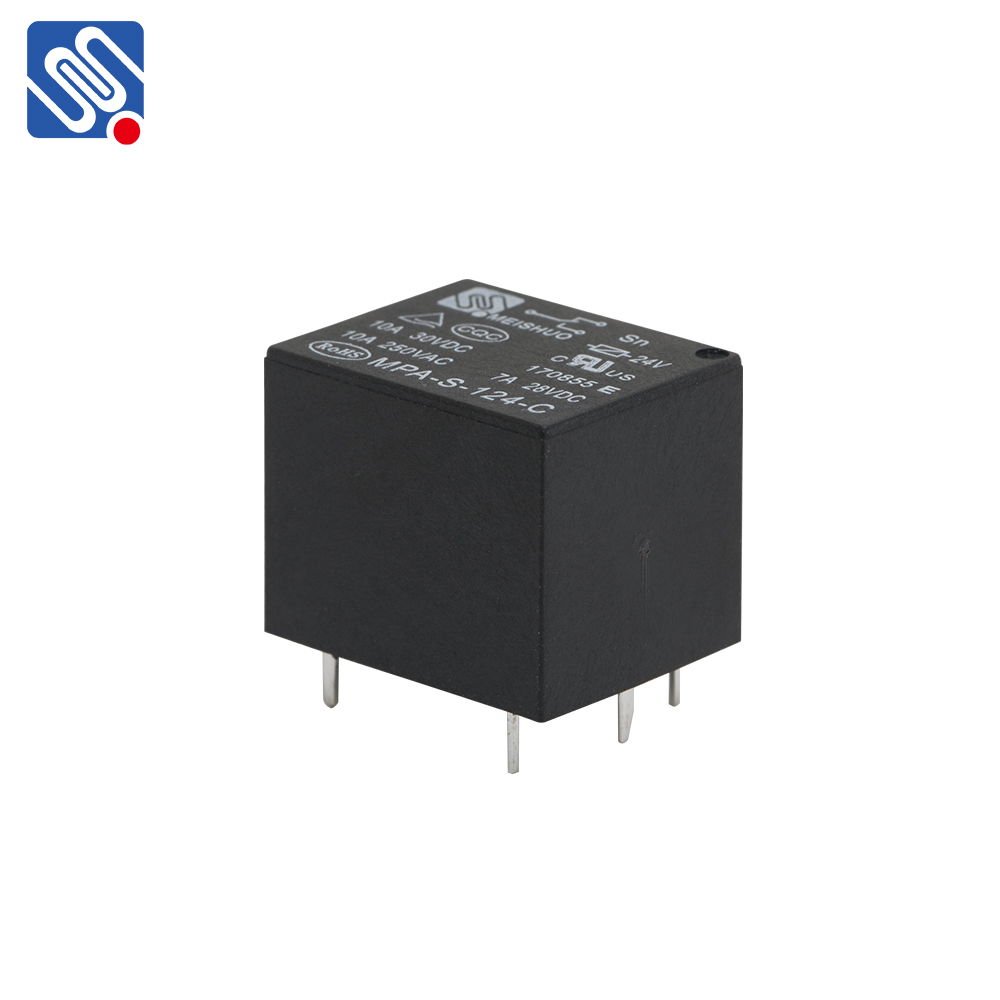Relay product development is an essential process that involves the creation and refinement of relay devices, which are crucial components in various industries, including electronics, telecommunications, automation, and control systems. Relays are electrically operated switches that allow a circuit to be opened or closed by remote signals, offering solutions to power management, safety, and communication challenges. The development of these products requires a careful and multifaceted approach, ensuring that they meet the required performance standards, function reliably in their intended applications, and can be mass-produced effectively.

Understanding the Role of Relays Relays are designed to control the flow of electricity in circuits, enabling a low-power signal to trigger the operation of higher-power systems. These devices are commonly used in automotive applications, telecommunications, power systems, and industrial automation. The versatility of relays in terms of size, form, and switching capacity makes them a critical part of numerous systems, including alarms, control panels, and electrical appliances. Key Stages of Relay Product Development Market Research and Requirements Analysis The first step in relay product development is understanding the market demand and defining the specific requirements of the target application. Manufacturers must assess the needs of potential customers, including the operational conditions, voltage and current requirements, switching speed, and environmental factors like temperature or humidity. This phase also involves identifying competitors and understanding their product offerings, helping to define the unique value proposition of the new relay product.